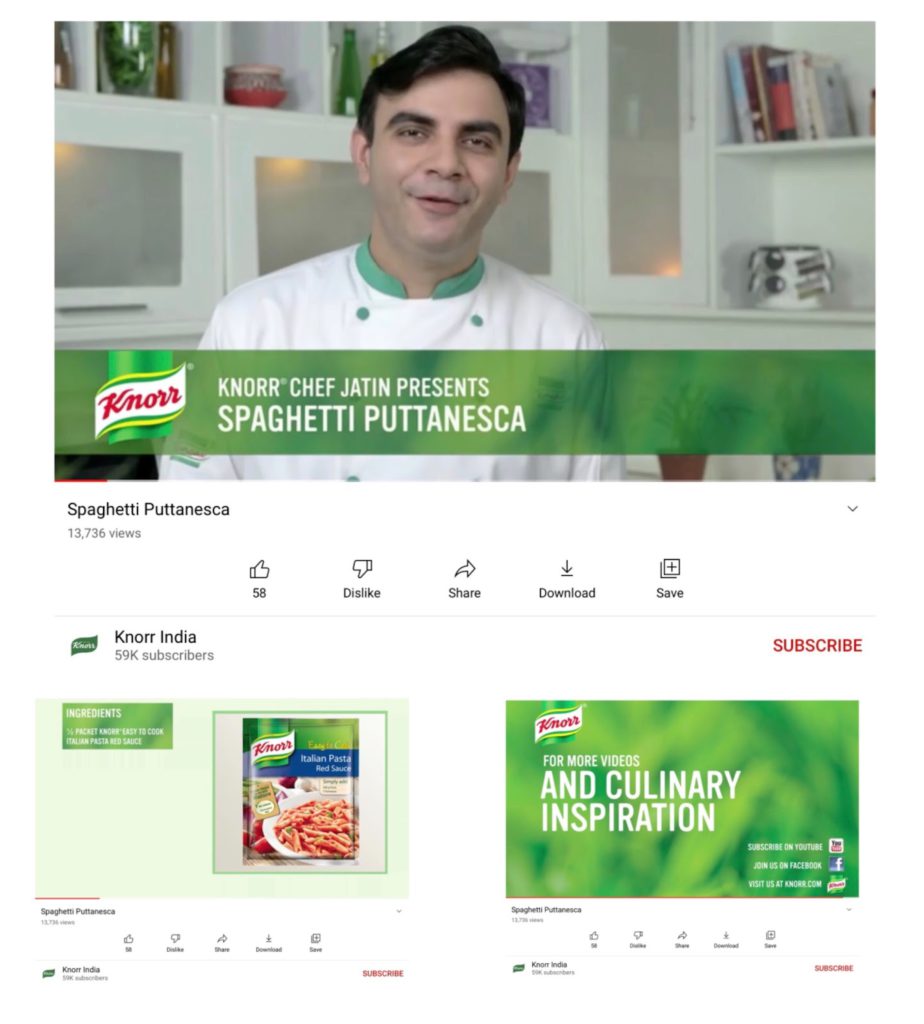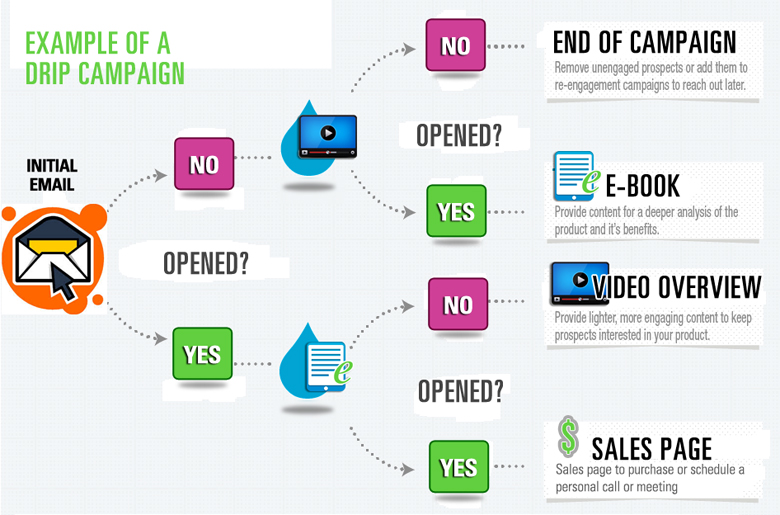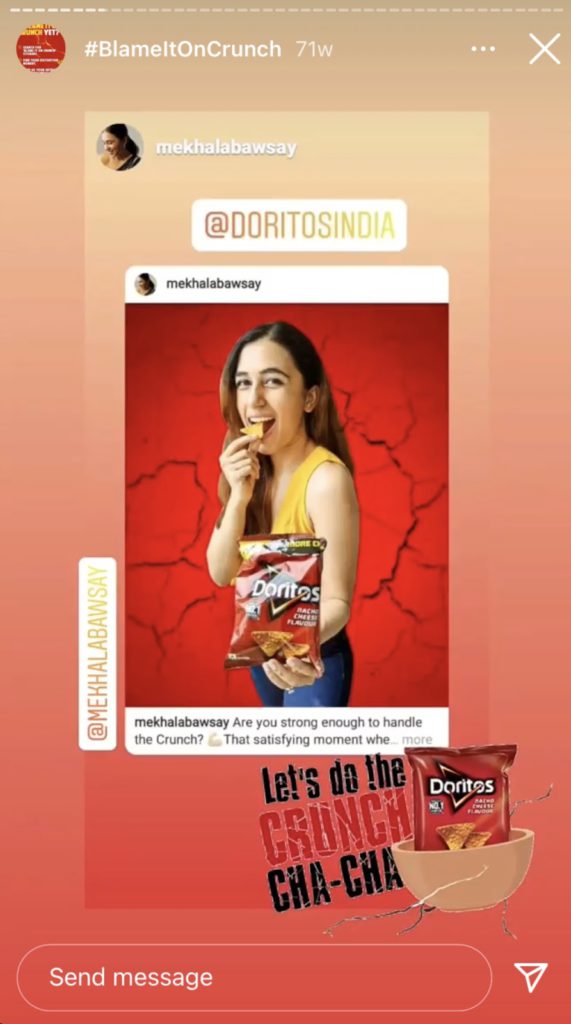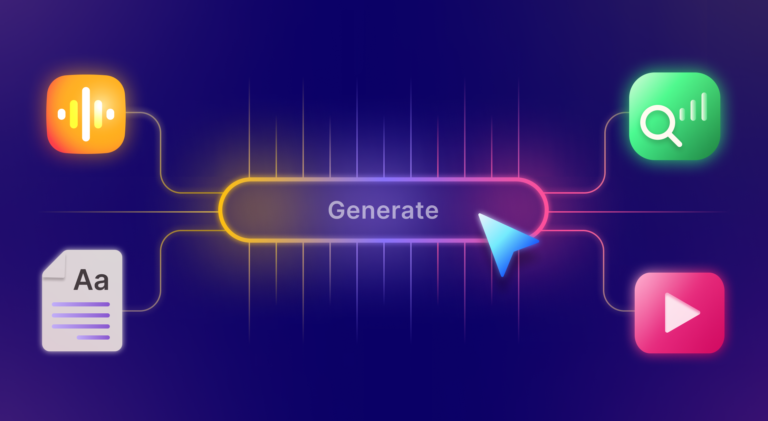10 Innovative FMCG Digital Marketing Strategies to Grow Your Business

With an exponentially increasing number of people making purchase-related decisions online, the demand to increase sales numbers through digital marketing is at an all-time high. The relevance and advantages of digital marketing for the fast-moving consumer goods or FMCG industry are visible already. A growing number of consumers prefer to shop for FMCG products on digital platforms and from the convenience of their home rather than visit a physical store. The COVID-19 crisis only accelerated this digital trend.
This massive behavior shift among consumers has forced an industry, which generated reliable growth using standard marketing techniques for over half a century, to revisit its marketing strategy. A holistic FMCG digital marketing strategy forms the critical element of product sales, compelling customers to buy products in the current market scenario.

What Is FMCG Marketing?
FMCG is considered “fast-moving” because these goods have a short shelf life: either because of high consumer demand or because the product deteriorates rapidly. This includes categories such as food and beverages, cleaning products, cosmetics, and personal care, as well as over-the-counter drugs. Nearly everyone worldwide uses FMCG products every day. Importantly, they form the largest segment of consumer goods.
For many decades, the FMCG industry has enjoyed considerable success and is seen as an efficient market through mass brands. This success owed much to a widely used five-point value-creation model. FMCG companies did the following:
- They perfected product innovation and mass-market brand building.
- They successfully formed relationships with other mass retailers and grocers that provide access to consumers.
- They penetrated developing markets ahead of time and actively cultivated their categories as consumers became richer.
- They designed their operating models for cost reduction and consistent execution.
- They implemented mergers and acquisitions to consolidate markets and create a basis for organic growth post acquisition.
But the five strategic pillars that fuelled the FMCG industry’s success have lost considerable steam and now face tremendous pressure as consumer behaviors shift and the channel landscape changes.
Millennial and baby boomers differ fundamentally. So, yesterday’s marketing standards make mass brands and mass channels ill-suited to them. Digital-device penetration is revolutionizing how brands learn about and engage with consumers and vice versa.
To survive and win in the coming decades, FMCG companies need to reduce their reliance on offline mass channels, embrace technology-driven trends, and capitalize on millennial preferences and digital marketing to grow quickly. Going forward, they will need to adopt a “now, new, next” approach. Further, FMCG brands will need to treat e-commerce as part of their core business and maximize their success in the e-marketplace.
Let us learn how digital marketing can benefit FMCG brands and 10 out-of-the-box content marketing tips for the FMCG industry.
How Digital Marketing Can Benefit FMCG Brands
Digital marketing benefits FMCG brands in several ways because of their short shelf life, low cost, and large retail audience that open the door to endless marketing opportunities. Moreover, FMCG brands can create eye-catching campaigns and offer compelling showcases for their customers through their digital marketing strategy. Here are some key benefits in more detail.
1. It helps differentiate your brand from the competition
As we all know, the FMCG sector is packed with similar products. A solid FMCG digital marketing strategy allows brands to distinguish and position themselves as intellectual leaders. Moreover, product differentiation helps brands build a relationship with their target audience.
2. It provides an innovative approach to display your brand
Consumers are hungry to know how to solve their problems and fulfill their desires. In traditional FMCG marketing, product display tools such as posters, billboards, banners, and signboards were considered one of the most important factors influencing consumer purchase decisions.
Today, FMCG brands are adopting technology in their businesses. Digital signages are becoming one of the popular choices among FMCG brands. An FMCG digital marketing strategy is much more effective as it helps you reach your target audience, making your overall marketing strategy more cost-effective. Innovative digital displays get more views and a higher recall rate than traditional displays. You can promote your products through digital display tools like AdWords, while consumers browse through similar categories. For example, if you are a nutrition product brand, you can display your ads next to a healthcare blog that your consumers are browsing.
One of the most innovative ways to display your brand is through your website because you have complete control of a user’s experience (UX) on it. Patanjali, a household name across India, is one of the best FMCG digital product display examples.
3. It enables you to understand consumer trends and insights and improve ROI
One of the most significant advantages digital marketing has over traditional FMCG marketing is that it helps brands gain core insights into how consumers behave, feel, and think about their products. FMCG brands spend enormous sums of money on print ads, hoardings, TV commercials, etc. However, it is challenging to arrive at a definite ROI on the amount spent.
Analytics tools offer FMCG companies a complete set of measurement metrics—clicks, conversions, impressions, and more. They help companies gain deeper consumer insights and equip them with techniques to know the specific digital ads that brought more conversions. This helps these FMCG companies create future marketing strategies accordingly and increase ROI.
4. Mobile is the future market trend
While offline purchases still form the majority of FMCG sales, the same cannot be guaranteed in the future. Mobile phones equipped with affordable internet connections have disrupted market trends dramatically. Many consumers are now buying FMCG goods through e-commerce sites and apps, and this number is only expected to grow.
FMCG brands need to keep up with the increasing volume of consumers who prefer to shop on their mobile devices. A well-managed FMCG digital marketing strategy is essential for brands to stay up to date on the constantly evolving digital marketing trends in prime target areas like tier-2 and tier-3 cities to avoid severe downside in the future.

10 Innovative FMCG Digital Marketing Strategies
To generate new demand, an FMCG marketing strategy must approach content and competition in new ways, and that’s never been more accurate than in the wake of the COVID-19 pandemic. Here are 10 innovative FMCG marketing strategies you can use.
1. User-centric content marketing
Gone are the days when FMCG brands marketed their products on mass channels by only talking about their attributes. With the advent of digital marketing, their strategies have changed drastically. Through user-centric content marketing for FMCG, brands can drive engagement among consumers and build strong communities. Smart use of content marketing techniques is essential for FMCG brands to effectively promote their products and establish their authority in the market.
Incorporating SEO-friendly content is also important because it drives consumers to the brand’s website, making them more aware of what is on offer. SEO content also helps consumers find brands when they search for a related need, offering these companies credibility in that domain.
2. A digital presence through social media platforms
According to a survey, consumers spent a massive amount of time on social media applications daily in 2020. Hence, FMCG brands need to be present on social media platforms to reach and engage with their target audience easily.
Social media analytics can help FMCG brands widen their target audience and reach them through campaign ads. Every social media platform addresses different needs and attracts different target audiences. While Instagram appeals to the youth, Facebook is highly effective for marketing to all age groups. Pinterest is a great platform for visual content and informative campaigns, whereas YouTube is great for running long-form visual content.
The FMCG brand needs to identify a relevant social media platform to maximize impact. For example, Pepsi India incorporates a quirky and humorous content strategy to foster connections with its youth audience on Instagram.

3. Video content marketing to help brands stand out
Video content has emerged as one of the most consumed forms of content online. It is valuable for existing consumers and can also help brands reach new audiences. The massive growth of digital platforms like YouTube and TikTok are testaments of this renewed interest in video content.
FMCG brands should take note of this. A successful FMCG digital marketing strategy should include a video strategy to help the brand stand-out in the market. One of the most significant advantages of video content is that it allows brands to expand their horizons when it comes to advertising and promotional videos. These can be shared as YouTube or Facebook video ads, which are extremely efficient and cost-effective targeting options. Video content marketing for FMCG brands is also incredibly beneficial from an SEO perspective, as they make up over half of all Internet traffic.
For example, Knorr India displays easy and delicious recipes using their own products on their YouTube channel to influence customers’ buying behavior.

4. Increase consumer base through influencer marketing
Consumers like to believe people they look up to, and that’s precisely what influencer marketing is based on. Through influencer marketing, FMCG brands can increase their awareness and reach. Influencer marketing is also beneficial for FMCG brands to quickly build trust and authority, because consumers are much more likely to believe in the credibility of brands when their favorite influencer recommends it to them.
5. Automated email marketing
An automated email marketing strategy is an effective way to start a consistent digital relationship with consumers. By creating action-triggered emails, brands can target and influence consumers at different levels, eventually guiding them towards making a purchase.
For example, brands will send one email to a consumer for signing up. Another will be sent if consumers add products to their cart but leave without making a purchase. Yet another email will be sent after a consumer makes the purchase. Automated emails also help brands retarget consumers.

6. Sell products on your e-commerce site
This might sound insane, but not many FMCG brands have e-commerce stores on their websites. To date, they depend on traditional marketing strategies to increase their offline sales rather than directly selling their products online. With digital marketing encompassing all marketing efforts, FMCG brands need to sell products directly through their e-commerce website, as many consumers now prefer shopping online.
7. User-generated content strategy
Traditional FMCG marketing methods only allowed one-way communication. A new focus on two-way digital marketing has come into effect with social media. It enables consumers to talk about brands instead of just listening to brands talk about themselves.
Through shareable content, brands can interact with consumers and always stay relevant. Such content marketing for FMCG brands acts as word-of-mouth promotion.
For example, recently, Doritos India engaged with Instagram users in a hilarious way. The brand encouraged its followers to post a photo with Doritos pack using #BlameItOnTheCrunch.

8. Control and manage your online reputation
Millions of consumers rely on online ratings and reviews before making a purchase online. Hence, it is important to encourage consumers to give feedback to improve the product’s authenticity while building trust that the product usage and quality are satisfying. This process of engaging the consumers is called online reputation management (ORM). With the help of an ORM strategy, FMCG brands can capitalize on every positive review and smooth out the negative ones.
9. Run digital campaigns in regional languages
Due to mobile device penetration and affordable internet connectivity in India’s smaller towns, the number of regional language speakers using the internet will only grow. Keeping this in mind, FMCG brands in India should leverage online marketing for FMCG to attract the new wave of regional consumers. For example, the FMCG digital marketing strategy should include multilingual ad campaigns. Users love to see their favorite brand advertising in their own language.
10. Consider innovation in interactive design
Today, the user experience or UX affects how consumers perceive a brand. To attract attention and seamlessly convert visitors to consumers, FMCG brands should adapt creative content marketing strategies. For example, FMCG brands should incorporate micro-interactions on online platforms where the users interact, with animated brand designs or immersive 3D visual effects that give users a three-dimensional appearance of their products.
Key Takeaways
- Unlike traditional marketing, where FMCG marketing focuses on product promotion, digital marketing aims to create content that delivers significant value to the consumer base.
- Advanced digital analytics tools help FMCG brands track and measure every aspect of marketing strategies.
- Automated email or drip email marketing can be deployed at every stage of the marketing funnel to boost FMCG brands’ sales.
- Getting started with an e-commerce website is a must for FMCG brands to thrive in the long run.
Digital marketing has dramatically influenced consumer behavior in recent times. Gone are those days when the focus was on one-way brand promotion. Marketing methods now involve personalized interactions with consumers.
The FMCG industry is highly competitive, with multiple brands selling similar products. This is precisely why digital marketing for FMCG brands has become the need of the hour.
FAQs
FMCG digital marketing strategies allow brands to establish a relationship with a potential consumer from the beginning and convert them into a consumer at the final purchasing stage.
FMCG goods are fast-moving consumer goods that sell quickly at a relatively low price. They are also referred to as consumer packaged goods or CPG.
The FMCG category includes food and beverages, cosmetics and personal care, cleaning products, etc. The FMCG sector in India also includes packaged products, electronics, over-the-counter medicines, soft drinks, and chocolates.
To create a content marketing strategy for FMCG brands, you need to understand the consumer’s journey to pick the relevant touchpoints that will drive conversions.
The FMCG sector is packed with similar products; one of the most significant advantages of a good FMCG digital marketing strategy is that it helps a brand create a unique identity.
Latest Blogs
Explore how Google’s 2025 AI search updates triggered ranking chaos. Learn actionable strategies to adapt your SEO for AI Overviews, zero-click searches, and SERP volatility. Stay ahead now.
Learn how to rank on AI search engines like ChatGPT, Perplexity, and Gemini by optimizing your content for authority, structure, and relevance. Stay ahead in AI-driven search with this strategic guide.
Explore the best healthcare SEO services for your medical practice. Improve online visibility and effectively reach more patients in need of your services.
Get your hands on the latest news!
Similar Posts

Artificial Intelligence
6 mins read
The Role of AI in Digital Marketing: AI Article Generators Transforming Content Creation

Artificial Intelligence
4 mins read
How AI Content Creator Is Shaping the Future of Digital Content

Digital Marketing
3 mins read